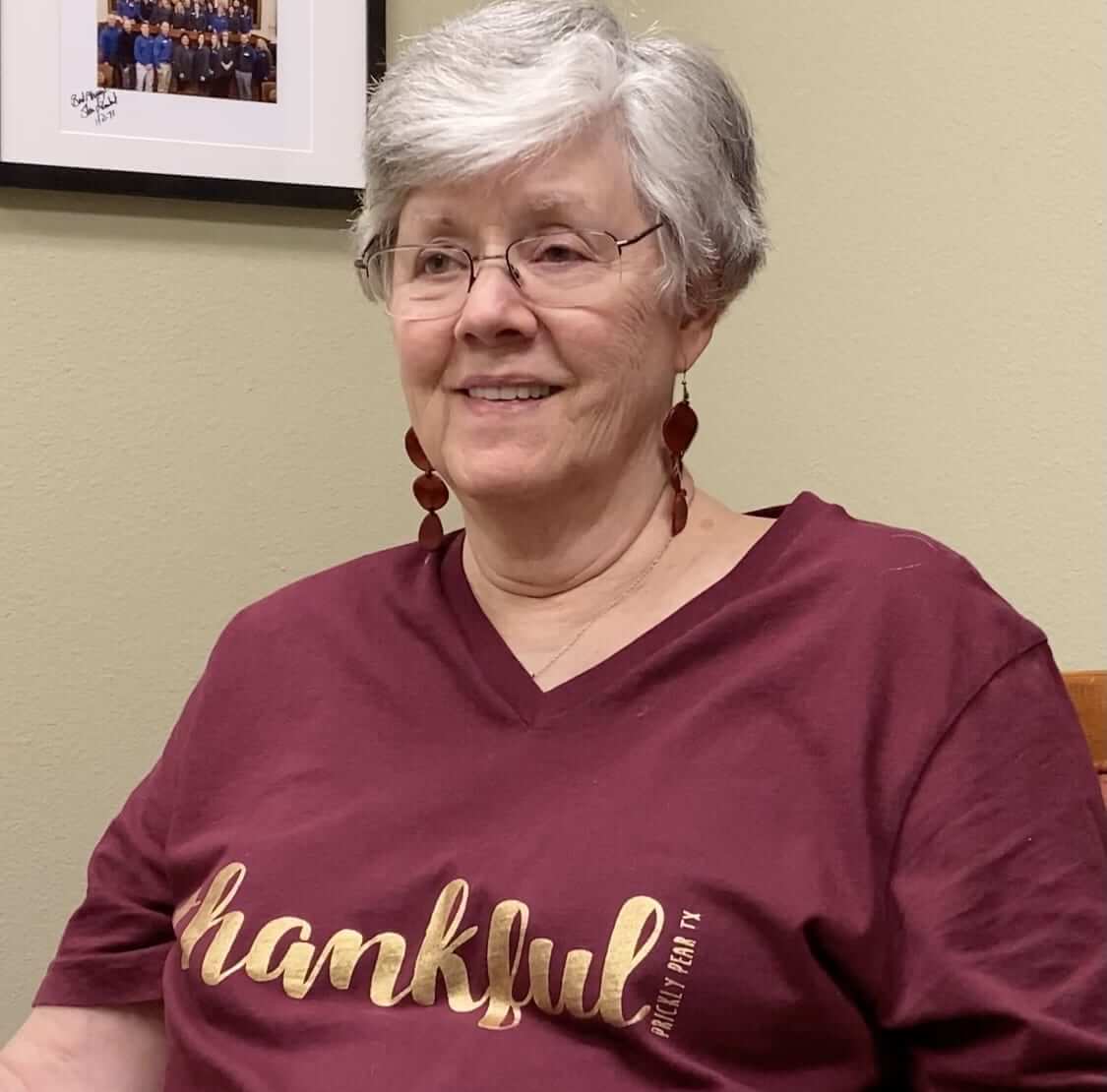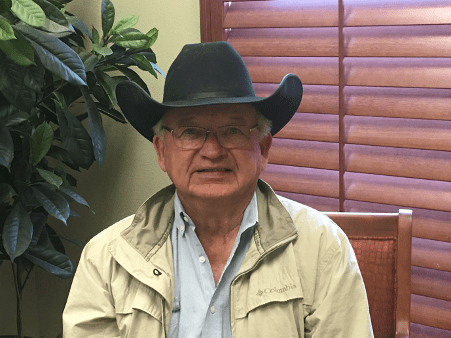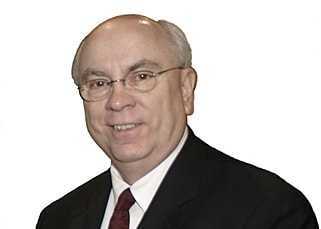After years of discussions and months of rumors, the Jabra Enhance Plus has finally been released.
This is the second big consumer tech brand to step into the hearing care market (following Bose’s release of the SoundControl) to create a product to serve the estimated 18 million Americans that have an untreated hearing loss.
According to Jabra’s initial press release about this product on August 18, 2021 – they had conducted in-depth research and learned that people wanted a simplified hearing aid that is a lower-cost and accessible alternative to hearing instruments, with hearing support being just one of many benefits.
The Jabra Enhance Plus is the product they have developed, and although it’s currently advertised as a “miniaturized 3-in-1 earbud for hearing enhancement, music and calls” – this may change when the overdue regulations for over-the-counter hearing devices are finally released.
The question is: why are these devices here, who are they for, who are they not for, and what has been the feedback from the first few people that have used them?
The first point to make is that there has been so much controversy around devices of these types. I’ve read countless articles and comments from hearing healthcare professionals that have vocalized their frustration at Biden’s executive order to introduce over-the-counter hearing devices.
Although the Jabra Enhance Plus isn’t officially an over-the-counter device (due to regulations still being finalized) – it appears to be the closest thing to what they are perceived to be.
But speaking on behalf of my team and me, we’re on the other side of the fence, and we feel that the introduction of these types of devices is in fact very good news.
That’s because, every day, we see at least one person that has some level of hearing loss but does not feel ready to become a traditional hearing aid wearer.
Hearing aid adoption rates are internationally very low. Even in the UK where their healthcare system allows their people to access hearing devices as part of their national health service, they still only have an estimated 29% of people that would benefit from hearing devices actually wearing them.
Our belief is that these new style of devices are the right step forward, as they allow people that are not ready for prescription hearing aids to start prioritizing their hearing and access better hearing in certain situations.
For the millions of people that struggle in social situations or with background noise, but are not willing to be traditional hearing aid wearers, these are a cheaper alternative option.
But how are these different to prescription hearing aids, and what are their limitations?
The simplest comparison is readers versus prescription eyeglasses. The Jabra Enhance Plus will be ideal for certain circumstances like offering some subtle hearing help in loud restaurants, when watching the television, or to stream a phone call – but not the right option to wear all day. They’re built specifically for people with a mild to moderate hearing loss. The issue that we and much of the hearing healthcare industry have is that it’s very difficult to diagnose a hearing loss unless you’ve had a comprehensive hearing examination.
In nearly every situation, people believe that their hearing is better than it truly is. If people are left to purchase devices without first having an appropriate test, then they will likely be causing more damage to their hearing rather than helping the situation.
This is why we’re optimistic for this new phase of hearing healthcare but only if the process occurs through a hearing health professional. A comprehensive hearing evaluation to check candidacy is critical.
The Initial Feedback From Our Jabra Enhance Plus Trial
When I first got my hands on these devices, I invited some patients that had previously not been ready to be traditional hearing aid wearers to be part of an experiment.
The agreement was that they would be fitted with the Jabra Enhance Plus devices and put them to use in their everyday lives while taking note of their observations.
The key lessons that have been discovered are:
- They found the devices helped during phone calls, watching television, or in small group settings.
- They wore them on average between 2-4 hours per day.
- They noticed a difference in social situations.
As expected, the devices served them in very specific situations but were far from an alternative to prescription hearing aids.
If you’re reading this article because you’re experiencing a hearing challenge but don’t feel ready to accept it at this time, then my advice to you is that although coming to terms with a hearing loss is difficult, hearing aids will not only help those challenges but also potentially preserve nerve functions.
The quicker you’re open to getting help with your hearing, the better that you can care for your long-term hearing health.
It’s why devices like the Jabra Enhance Plus are a good potential first step for those that don’t feel ready to be prescription hearing aid wearers yet but have a mild-to-moderate hearing loss and want help in those hard-to-hear situations.


















